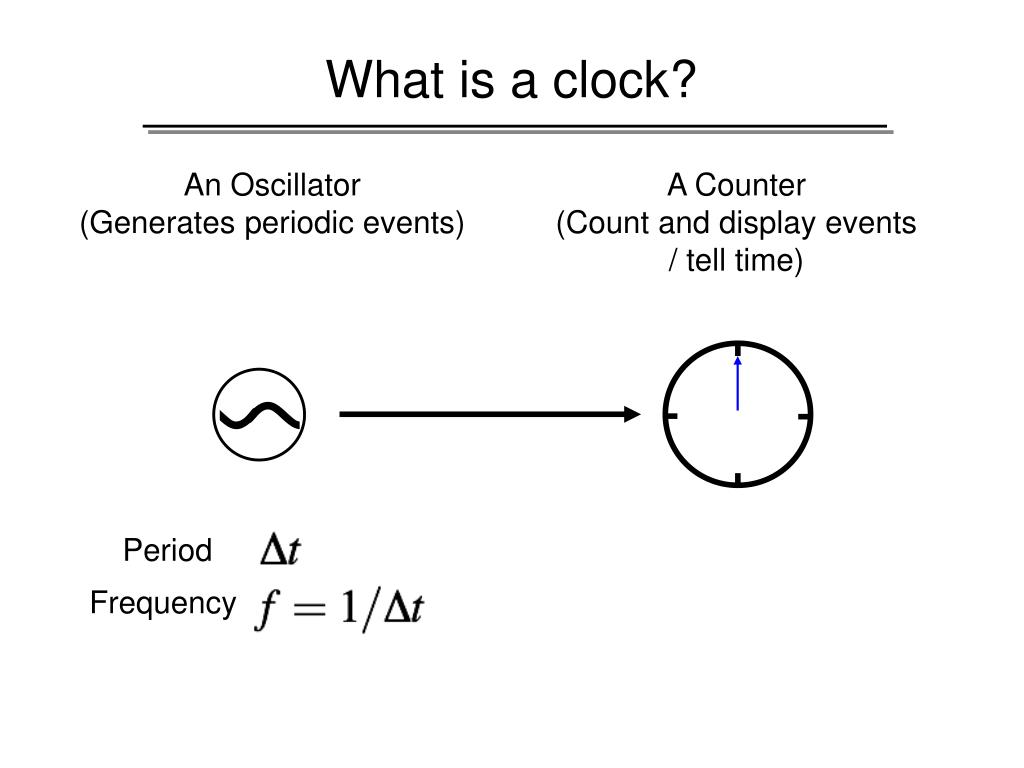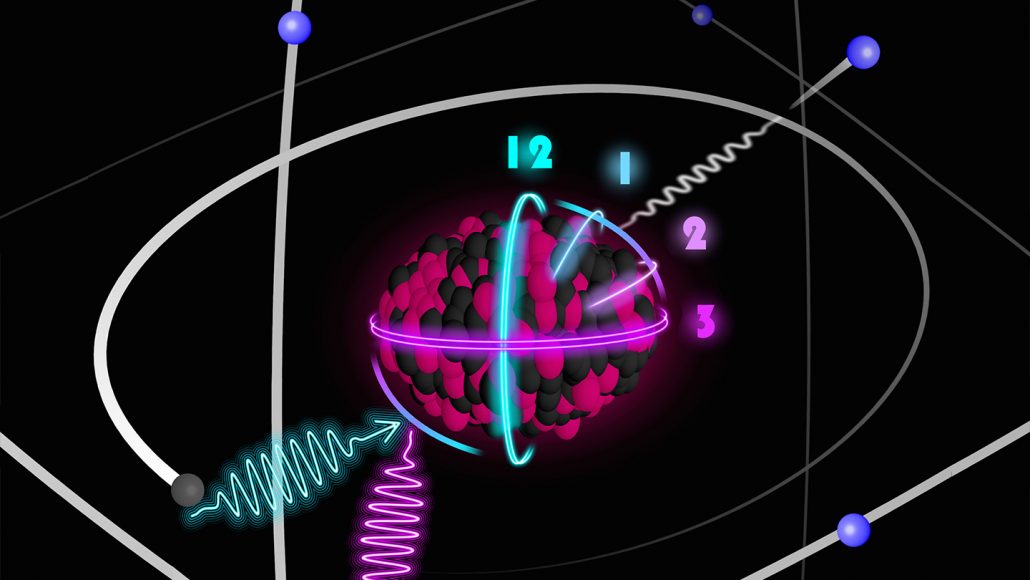

More than 16 centuries later, many scholars share the feeling, if not the prospect of sainthood. It loses or gains less than a second every 138 million years. The current best long-term timekeeper is the United Kingdom’s atomic clock. from left: New York Public Library/Photo Researchers, Inc Paul Clements Within five years, scientists hope to have an atomic clock that loses less than one second over the universe’s lifetime. A Chinese water clock could lose around 10 minutes a day. TIME OVER TIME | Timekeeping’s accuracy improved dramatically during the last millennium. Oscillations of the atoms’ electrons keep the time.

In what’s called an “optical lattice clock,” thousands of atoms are held in wells made of laser light. Augustine of Hippo, writing his Confessions in a North African monastery, asked “Who can even in thought comprehend it, so as to utter a word about it? But what in discourse do we mention more familiarly and knowingly, than time?”
#Program aims make optical atomic clocks movie
Elizabeth first got interested in space after watching the movie Apollo 13 in 1996, and still wants to be an astronaut someday.Time is an ancient and contrary mystery. Elizabeth is also a post-secondary instructor in communications and science at several institutions since 2015 her experience includes developing and teaching an astronomy course at Canada's Algonquin College (with Indigenous content as well) to more than 1,000 students since 2020.

in Space Studies from the University of North Dakota, a Bachelor of Journalism from Canada's Carleton University and a Bachelor of History from Canada's Athabasca University. Her latest book, " Why Am I Taller?", is co-written with astronaut Dave Williams. Elizabeth's reporting includes multiple exclusives with the White House and Office of the Vice-President of the United States, an exclusive conversation with aspiring space tourist (and NSYNC bassist) Lance Bass, speaking several times with the International Space Station, witnessing five human spaceflight launches on two continents, working inside a spacesuit, and participating in a simulated Mars mission. She was contributing writer for for 10 years before joining full-time. Follow us on Twitter or Facebook.Įlizabeth Howell (she/her), Ph.D., is a staff writer in the spaceflight channel since 2022 covering diversity, education and gaming as well. "That's really significant for a lot of real-world applications, where our laser looks a lot more like what you would take out into the field."įollow Elizabeth Howell on Twitter. "The amazing thing is that we demonstrated similar performance as the JILA group despite the fact that we're using an orders of magnitude worse laser," Kolkowitz said. The other study, led by a research institute in Colorado called JILA (formerly known as the Joint Institute for Laboratory Astrophysics), set the world record overall for the most precise frequency difference. SpaceX's Amazing Falcon Heavy Triple Rocket LandingĬoincidentally, an unrelated study in the same issue of Nature published a frequency difference between the top and bottom of a dispersed cloud of atoms about 10 times better than the UW–Madison group. Ultraprecise Atomic Clock Network on the Hunt for Dark Matter SpaceX's Falcon Heavy: Latest News, Images and Video Ultimately, the researchers detected a difference in the ticking rate between two atomic clocks "that would correspond to them disagreeing with each other by only one second every 300 billion years - a measurement of precision timekeeping that sets a world record for two spatially separated clocks," the university said. The team ran the experiment over 1,000 times to measure the difference, finding more precision in that measurement over time. The group then attempted to measure differences between clocks precisely, because two groups of atoms in slightly different environments will "tick" at different rates due to changes in magnetic fields or gravity.

"But because the clocks are in the same environment and experience the exact same laser light, the effect of the laser drops out completely." "Normally, our laser would limit the performance of these clocks," Kolkowitz said. NASA's Deep Space Atomic Clock, seen here in an artist's illustration, will test out new technology to for deep-space navigation.


 0 kommentar(er)
0 kommentar(er)
